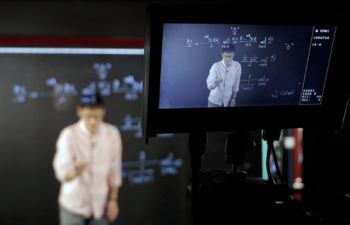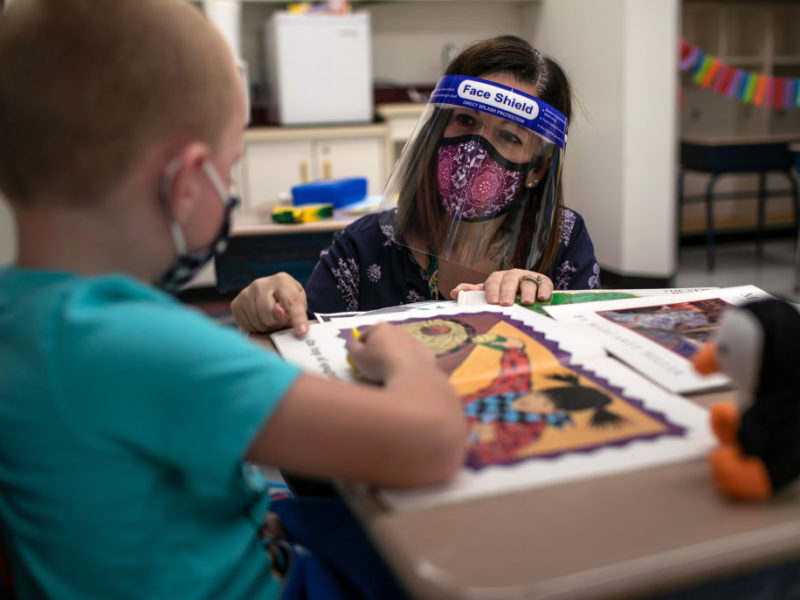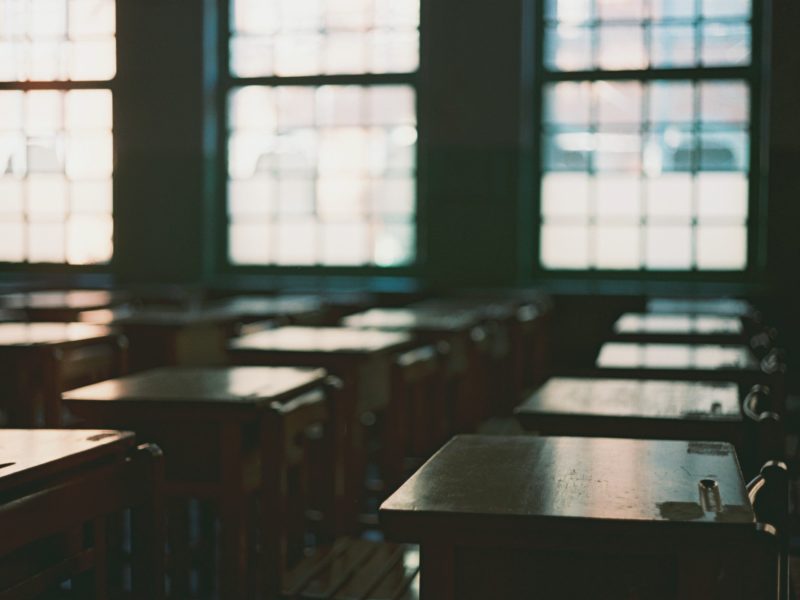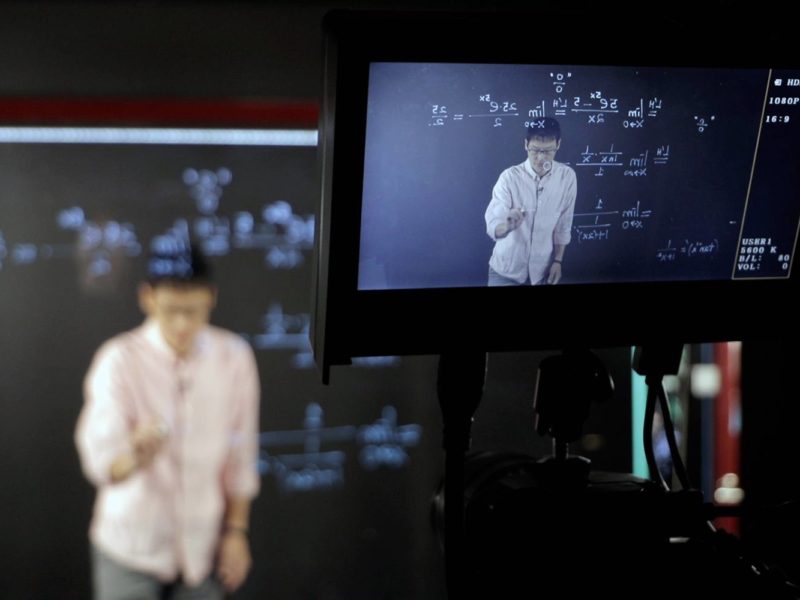The Remote University

The novel coronavirus quickly forced colleges and universities across the country to pivot to remote learning this year. At Texas A&M University, most of its challenges related to scale.
As of January, the university saw about 5,000 Zoom sessions per month. By April, the number had grown to about 130,000 sessions per month. Now the university hosts about 1.7 million Zoom sessions monthly.
“We had a lot of systems already in place, but we needed to get systems up to scale where people could use them more frequently during the day,” said Dee Childs, vice president of information technology and chief information officer, during a recent virtual forum hosted by The Chronicle of Higher Education.
The forum focused on how Texas A&M and other universities have adapted to remote learning amid the COVID-19 pandemic.
Childs and the other panelists discussed how remote learning affects operations, facilities and IT infrastructure; what efficiencies and problems the remote enterprise has created; and what university leaders have learned about managing their institutions during this time.
At Texas A&M, Childs said, leaders had to ensure that authentication and security, VPN and the other interlocking pieces that make Zoom technology happen were capable of operating at a much larger scale without performance issues.
The main thing that the pandemic changed, she said during the panel, is the sense of urgency around processes, equipment and infrastructure. The university was already in the process of building some of those things out, but the sudden shift to a blended offering of in-person and online classes during the summer accelerated the process.
“I think in the best of times in academia we tend to be very deliberative sometimes, but I think now there’s an unarticulated sense of urgency that people just knew that we can’t take as long to make a decision,” Childs said.
Variations in internet capabilities across the country and around the world have also been a hurdle. Many conversations have been had about how to optimize the experiences of all students, Childs said, even if they’re learning virtually from a location with limited internet access.
“We’ve spent a lot of time working with faculty to package their materials in advance so that students can download them at a more convenient pace, and I don’t think we’re ahead of all of those challenges,” Childs said. “But we continue to try to optimize that experience for abroad students.”
Beyond supporting students’ basic needs for learning online, creating a sense of community has also been a part of the strategy. While most students returned to the College Station campus this fall, Texas A&M still had to find ways to continue some of its beloved events while complying with social distancing guidelines.
Silver Taps, the outdoor monthly ceremony honoring Aggies who have passed away, was held virtually for part of the semester to comply with health and safety measures. Childs said another example is Midnight Yell – in-person attendance was limited, and the event was broadcast live for fans to watch from home.
The panel also included Elizabeth Bejar, senior vice president of academic and student affairs for Florida International University, and Jean Morrison, provost of Boston University.
Media contact: Caitlin Clark, caitlinclark@tamu.edu





